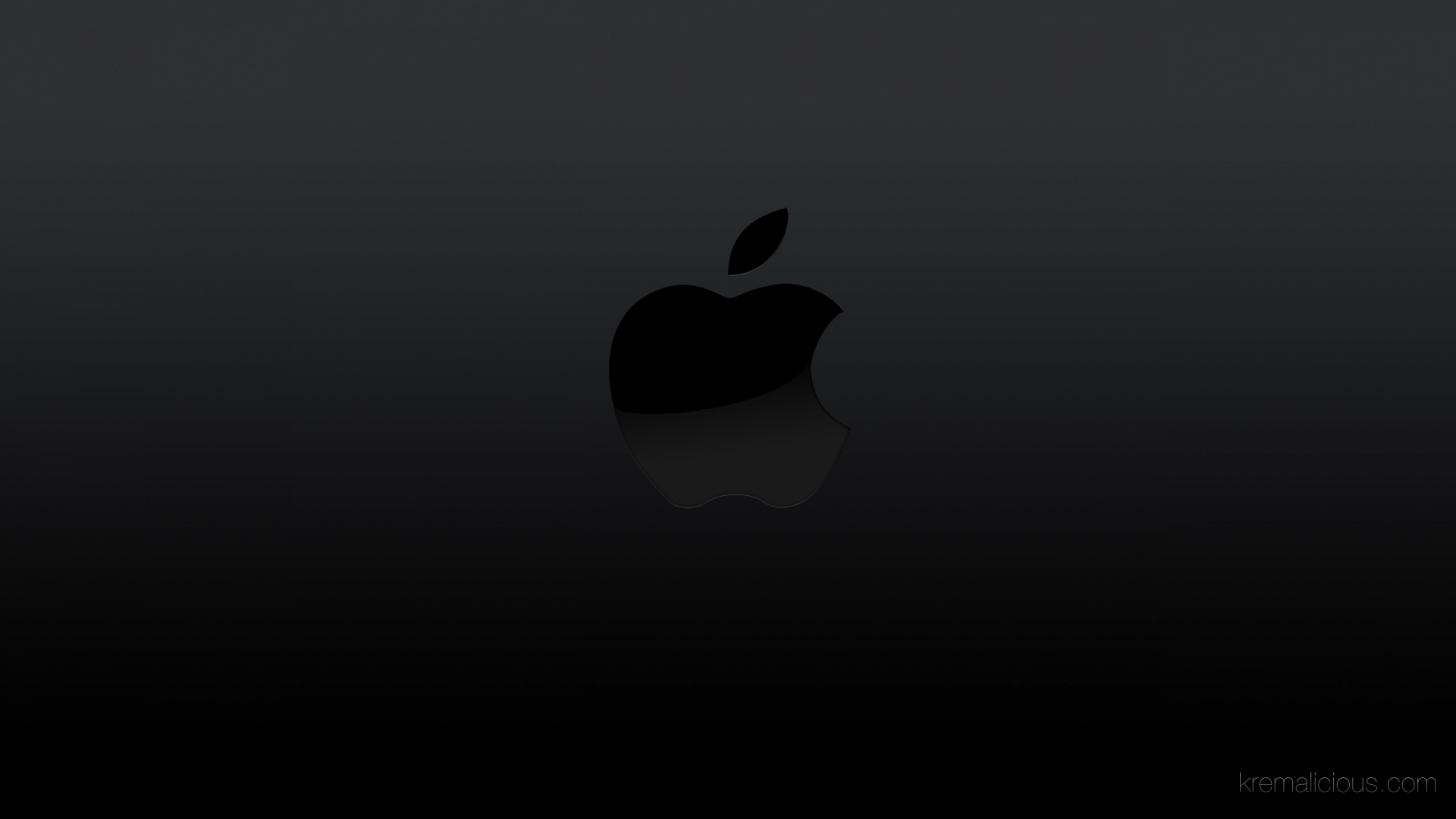technical news
Understanding Ransomware Encryption
Ransomware is malware that locks your computer and mobile devices access and files by encryption of your electronic files. When this happens, you can’t get to the data unless you pay a ransom. Your computer is no longer ‘yours’ but under control of the attacker.
First of all, I wish to express the need of very good safety tools if you value your data! Always use top antivirus applications which include anti-ransomware protection. Next always have your data back-upped ! Not in the same network environment as this is all under control of your attacker. Use external facilities like Acronis or Sophos and others. People always think others get attacked but not themselves. My advice is to invest in your companies data safety and don’t aim for cheap solutions.
Now the question about encryption and decryption: Understanding Ransomware Encryption !
HOW DID YOU GET INFECTED
One of the most common delivery systems is phishing spam — attachments that come to the victim in an email, masquerading as a file they should trust. Once they’re downloaded and opened, they can take over the victim’s computer, especially if they have built-in social engineering tools that trick users into allowing administrative access. Some other, more aggressive forms of ransomware, like NotPetya, exploit security holes to infect computers without needing to trick users.
